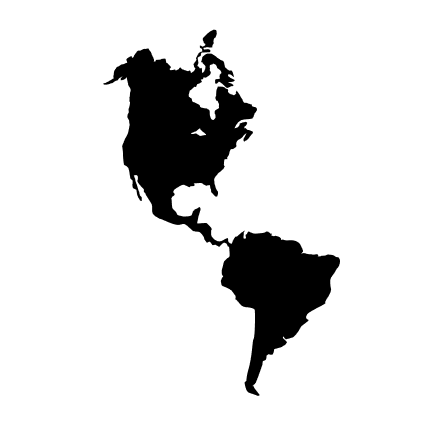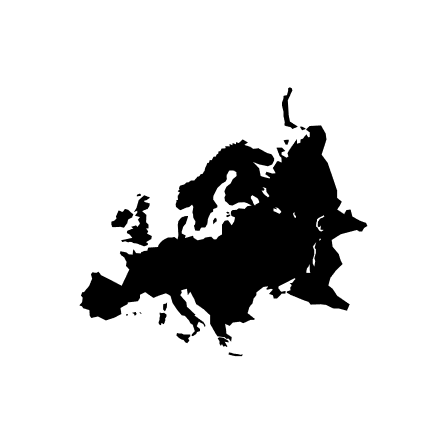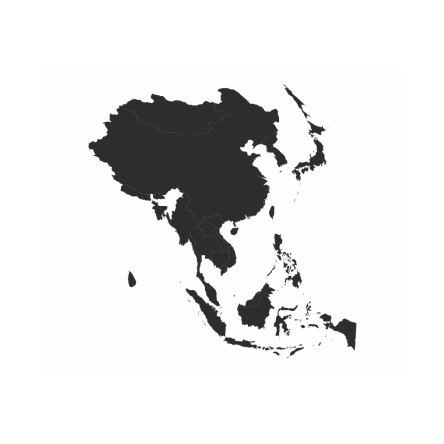Z87.1 Marking
Starting in 2010 with additional updates in 2015, the ANSI Z87.1 standard requires efficient and easy-to-understand lens & frame markings. These markings help make the selection process more straightforward and increases compliance. Those product markings indicate ratings in the following areas:
- Impact: “Z87+” indicates a high-velocity impact rating, and “Z87” alone means a basic impact rating.
- Splash and droplet: D3 for splash and droplet and D4 for dust
- Fine dust: D5
- Welding: W plus the shade number
- UV: U plus the scale number
- Infrared light: R plus the scale number
- Visible light filter: L plus the scale number
- Prescription: Z87-2 on the front of the front of the frame and on both temples
- Head size: H indicates products designed for smaller head sizes
- Other: V for photochromic and S for special lens tint
If the manufacturer’s marks or logos are clearly present elsewhere on the protector, they will not be subjected to the proximity requirement.
Markings representing other standards shall not interfere with or be mixed with markings required by ANSI Z87.1-2015.
- High Velocity Impact
New ANSI Z87.1-2015 allows the use of a steel ball of diameter 6mm (0.24”), travelling at 50.9m/s (167 ft/s) or a steel ball with diameter 6.35mm (0.25”) travelling at 45.7m/s (150 ft/s) when conducting the high velocity impact test on the complete devices. - Visible Light Filters
Protectors marked L1.3 to L3 must meet transmittance requirements of traffic signal recognition and UV transmittance of ANSI Z80.3-2010, American National Standard for Ophthalmics – Nonprescription Sunglasses and Fashion Eyewear Requirements. While protectors marked L4 to L10 are too dark to be used for driving, they shall meet UV transmittance requirements of ANSI Z80.3-2010. - The ANSI Z87.1-2015 standard defines UV radiation as follows: Ultraviolet Radiation (UV).Electromagnetic energy with wavelengths from 200 to 380 nanometers.
- The UV Scale uses a rather complicated mathematical formula, however, for simplicity, it’s divided into two wavelength categories, far and near.
- Far-ultraviolet is defined as; Transmittance of optical radiation with wavelengths from 200 to 315 nanometers weighted by its ability to damage the cornea.
- Near-ultraviolet is defined as; Transmittance of optical radiation with wavelengths from 315 to 380 nanometers.
UV Filter Transmittance:
- U2: Max Effective Far UV= .1% / Max Near UV= 3.7%
- 5: Max Effective Far UV= .1% / Max Near UV= 2.3%
- U3: Max Effective Far UV= .07% / Max Near UV= 1.4%
- U4: Max Effective Far UV= .04% / Max Near UV= .5%
- U5: Max Effective Far UV= .02% / Max Near UV= .2%
- U6: Max Effective Far UV= .01% / Max Near UV= .1%



